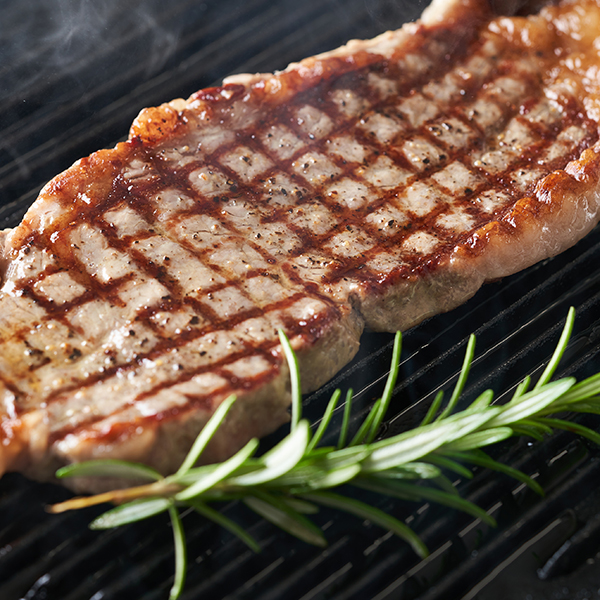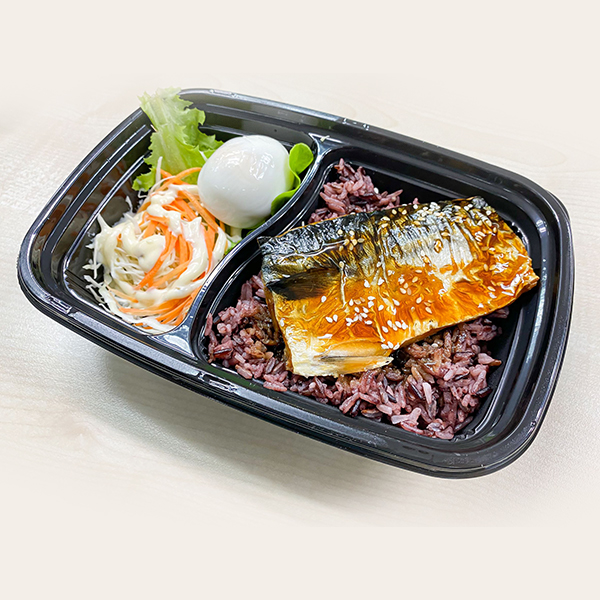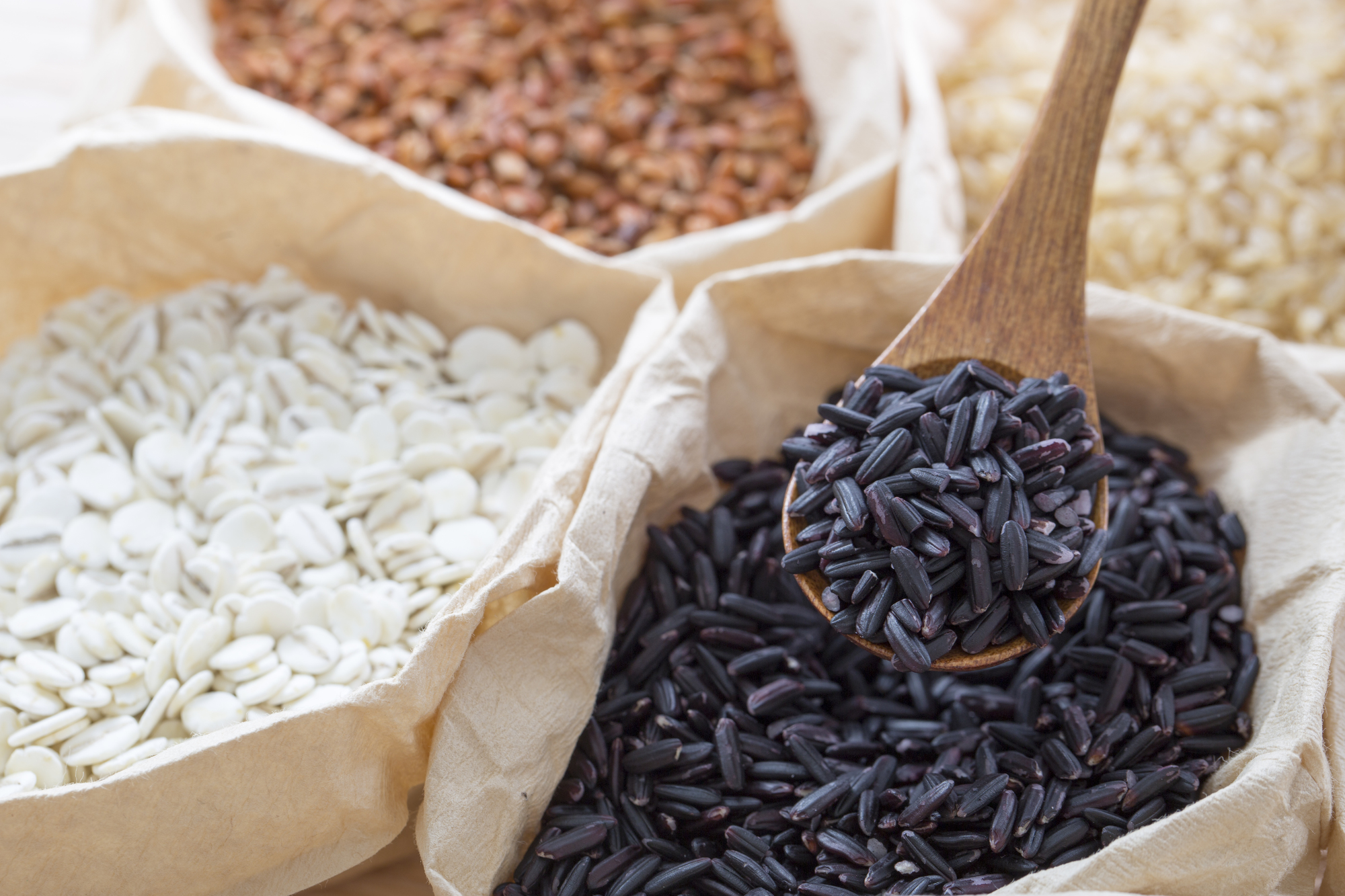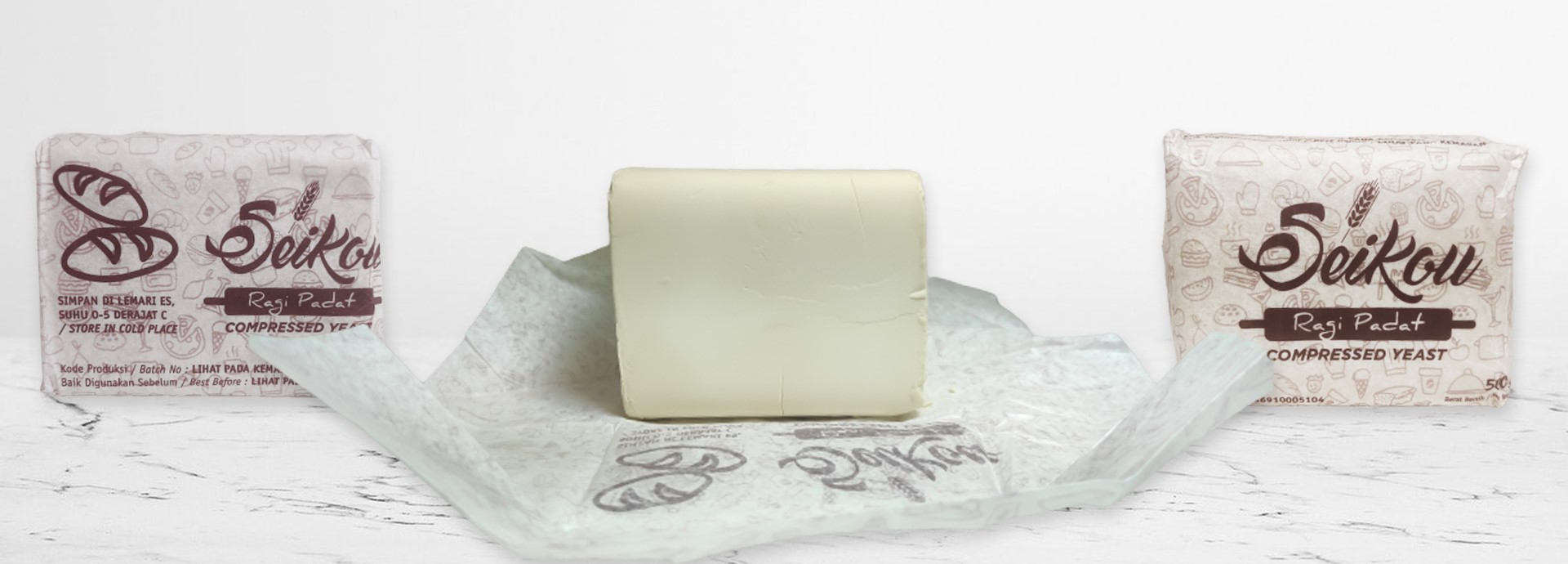The most 3 ways for reducing food waste and food loss
The most 3 ways for reducing food waste and food loss
Date : 26-07-2022
As more and more businesses focus on research and development of products that last longer, the effectiveness of processed food should be more taken actions towards food loss
Food waste is a major problem from both environmental and cost perspectives.
One-third of the food produced in the world is wasted without being eaten. Every year, food manufacturers are facing many cases of food waste and food loss which becoming critical problem. Food waste includes not only for the meat or seafood but applies to fruits and vegetables turning brown. Food processing manufacturers play an important role in the food waste/loss trend. This can be done both through influencing supplier and end consumer behaviors, as well as through direct and tangible action. As more and more businesses focus on research and development of products that last longer, the effectiveness of food additives should be considered. We will first explain what is food loss then introduce the most 3 effective methods to reduce food waste and preserve food such as preserve fruits and preserve vegetables.
What is Food Loss? or Food Waste?
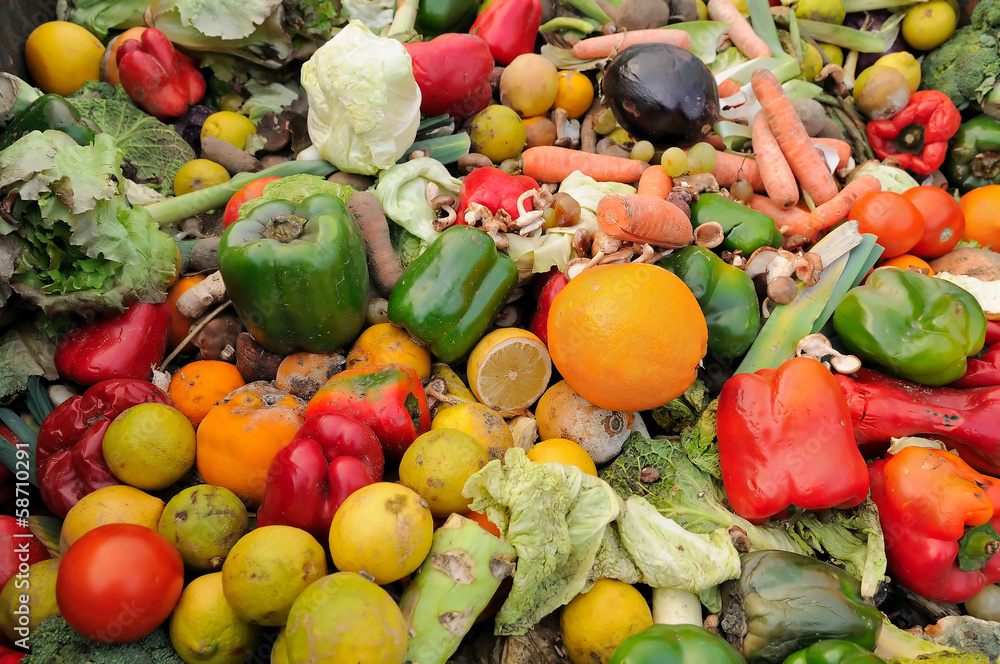
First of all, we would like to explain what exactly is food loss. Food loss refers to the loss or disposal of food that is made for human consumption. The Food and Agriculture Organization of the United Nations (FAO) defines food loss as “a reduction in the quantitative or qualitative value of food.” A similar way of saying is “food waste.” This is also a field of food loss and refers to food that is still edible but discarded. It is mainly caused by business customs and consumer behaviors such as leftover food, expiration date, and human error such as printing or labelling mistakes on the package.
3 effective ways for reducing food waste and food loss
1. Packaging improvement
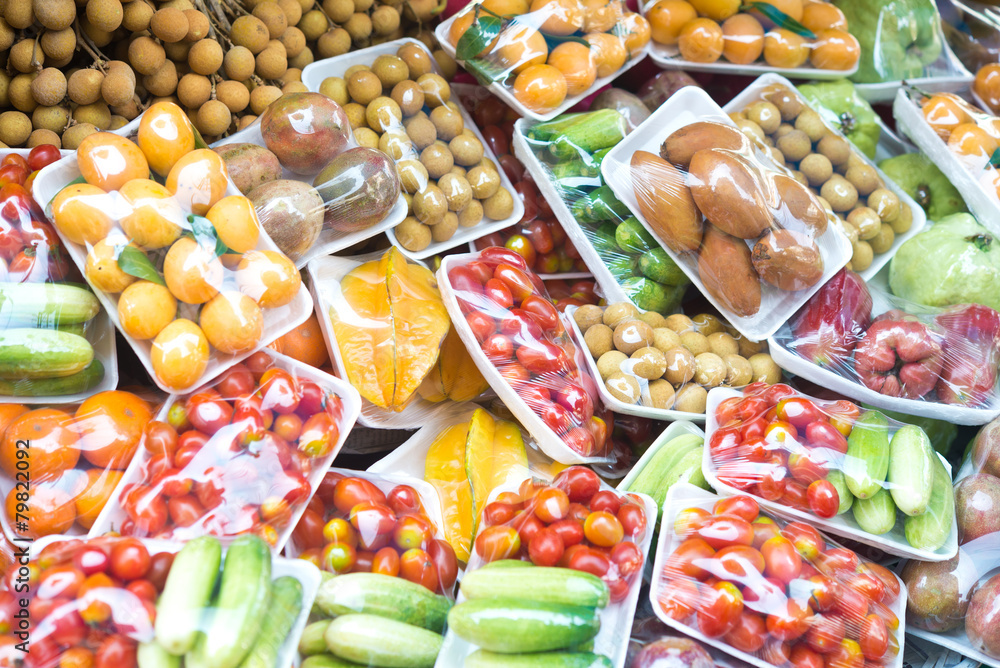
Suggestions include providing clearer expiration date labels, offering better cooking/freezing/thawing instructions and making it easier for the end consumers to finish it before the expiration date.
There are some case studies in Japan for the soy sauce packaging which the manufacturer has improved after many years of try and error.
The “Food Loss Reduction Association”, which was established in collaboration with about 30 domestic food manufacturers, wholesalers, retailers, and the Japan Meteorological Association, shares demand forecast data that makes full use of weather forecasts and artificial intelligence to prevent overproduction. Eventually they have accomplished of reducing food loss and optimize inventory.
After opening the packaging of soy sauce, the manufacturer has developed a container that does not allow any air to enter the container no matter how many times it is poured, and maintains the quality for a long period of time.
2. Food industries and consumers cooperation for take-out
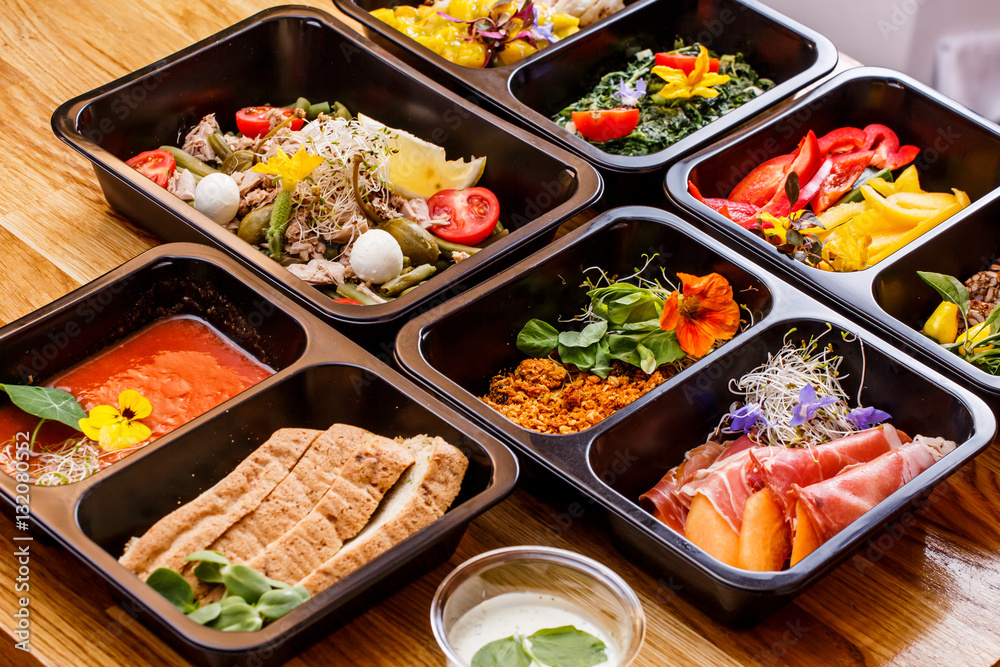
Adopting small servings and small menus, and adjusting the number of meals will help reduce leftover food. In addition, if a customer leaves “leftover food”, food loss can be reduced by having them take it home with a container. Food manufacturers can help educate the end consumers how important to know and understand about seriousness of food waste since it is impacting not only individually but impacting the environment as a big issue. Learning to properly preserve leftovers and other practical suggestions are very important.
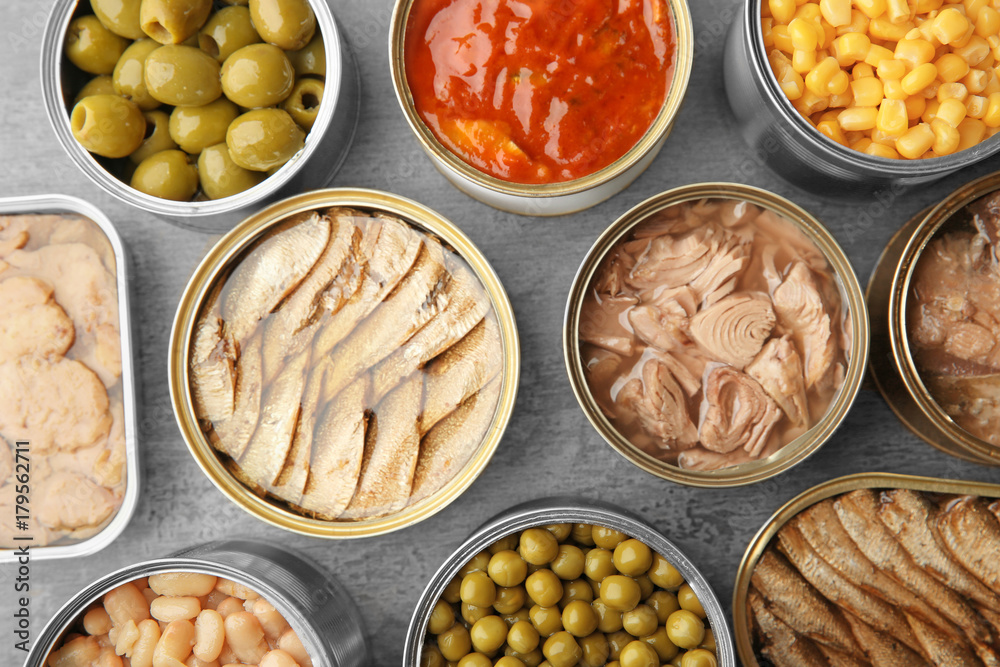
3. Implementing the and high expectation with processed food
The direct role of food processing could be the method of preserve food and prevent from food loss. For example, when manufacturing or processing foods, such as tofu coagulants and Kansui can be said that it helps to maintain or longer lasting quality as food and delivers nutrition to many people. Second example is the longer lasting flavor and deliciousness such as preservatives and antioxidants, and reduces food loss. The third is the improvement of taste, aroma, texture and taste related to color. Making it delicious with sweeteners, flavors, seasonings, colorings not only create the enjoyment of food, but also reduces leftover food by improving appetite. The fourth role is to supplement and strengthen nutritional value. Nutritional enhancers such as vitamins, minerals and amino acids are food additives in Japan. When considering the reduction of food loss, it also contributes to the environment by not wasting resources and reducing incineration at the time of disposal to reduce the generation of greenhouse gases.
The specific example that our company recommend is a processing product called “FR-SA”, which is a shelf-life extender with excellent anti-bacterial effect. Our product FR-SA can extend the shelf lives of various foods without losing their original taste and flavor. By using this product, it will make the quality lives longer and help to preserve food in the end.
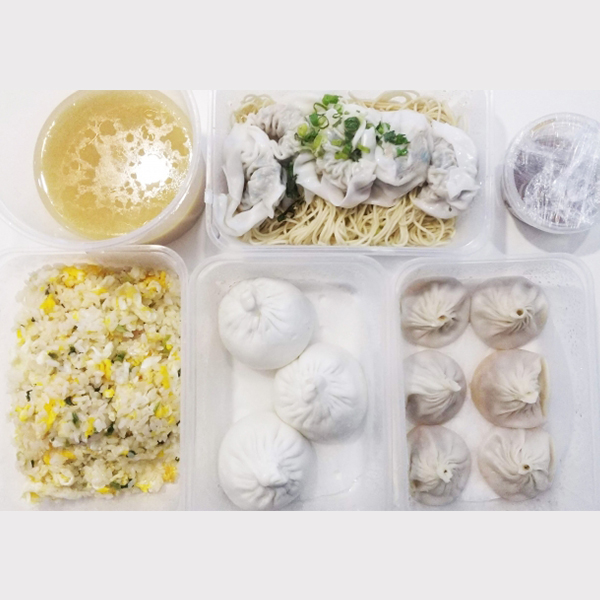
If any artificial chemical or food processing methods are “used” to maintain its quality, many consumers will probably want to choose foods that are natural or organic. However, it should be remembered that processed food supports a stable food supply. A stable food supply eliminates hunger, supports various industries and welfare, and contributes to the development of society and improve the environment itself.
When thinking of the overall matter of economy and environment that is affected by the food loss, it leads to reducing the food supply availability in the market.
When this happens the prices for all the food, vegetables and fruits will raise prices which becomes very difficult for the consumers to afford especially in the developing countries. At the same time, when that food is wasted, so are all of the energy and resources such as land and water that went into growing or producing it. By understanding more about the problem, we are all facing for food waste and food loss and how to preserve food, it will not help the environment itself but will help our end consumers to live in a better world.




